You Can Thank These Depression-Era Workers for Your National Parks
Daily life in the Civilian Conservation Corps is preserved in a new National Park Service archive
Last week, the United States National Park Service celebrated its 100th anniversary in high style. National parks took over everything from the White House's Instagram feed to the U.S. Mint, and outdoor enthusiasts all over the country took to the great outdoors to celebrate their nation's protected lands. A more low-key celebration took place online, too, with the inauguration of the Open Parks Network. The collaboration between the NPS and Clemson University makes available over 200,000 digital images of national parks and related archival material. And tucked inside the treasures is a collection of photographs of some of the people who made the national parks what they are today: members of the Civilian Conservation Corps.
The collection showcases the daily life of CCC members throughout America's national parks as they do everything from sow seed to build roads. Those activities are similar to the ones performed by Corps members around the country between 1933 and 1942—a group of hard-working people who turned the Great Depression into a great opportunity for America's outdoors.
Franklin Delano Roosevelt founded the program as part of his New Deal bid to find employment and impose order on the large number of jobless young men of the Depression. The idea was simple: Men who joined the CCC were given military-style lodging, food and pay in exchange for working on conservation projects throughout the country. (Though the majority of participants were white, single young men, men of color also served in the CCC, though they were eventually forced to stay in separate camps and faced discrimination in some parts of the country. A separate "She-She-She" camp system was proposed for women, but was short-lived.)
The CCC members were given a uniform, a tight, military-style schedule, and were put to work in camps all over the United States. For their trouble, they earned $30 a month—though they themselves received $5, and the rest was required to be sent home to their impoverished families.
Also called "Roosevelt's Tree Army," the CCC is credited with planting a whopping three billion trees in just nine years. "We were building forests," said Lamonte Dehn, who joined the Corps when he was just 15 years old. Dehn, who planted trees in Minnesota, recalls growing the trees from seedlings. The forests planted by the CCC weren't just created for their looks. Rather, they were designed to reduce erosion and provide shelter from the wind and drought that caused and fueled Dust Bowl conditions on the Great Plains.
Ultimately, the CCC was one of the New Deal's most productive—and popular—programs. And with good reason: The USDA Forest Service estimates that its members built over a million miles of forest roads and trails, stocked over a billion fish and put in over 6.4 million man-days fighting forest fires. Much of their work was aimed at national parks throughout the country, but the CCC workers contributed to public lands as well.
Before disbanding at the beginning of World War II, a total of three million men served. So next time you're walking through a national park or enjoying time outdoors, think of the CCC and how an economic disaster turned into an environmental legacy for the ages.
/https://tf-cmsv2-smithsonianmag-media.s3.amazonaws.com/accounts/headshot/erin.png)
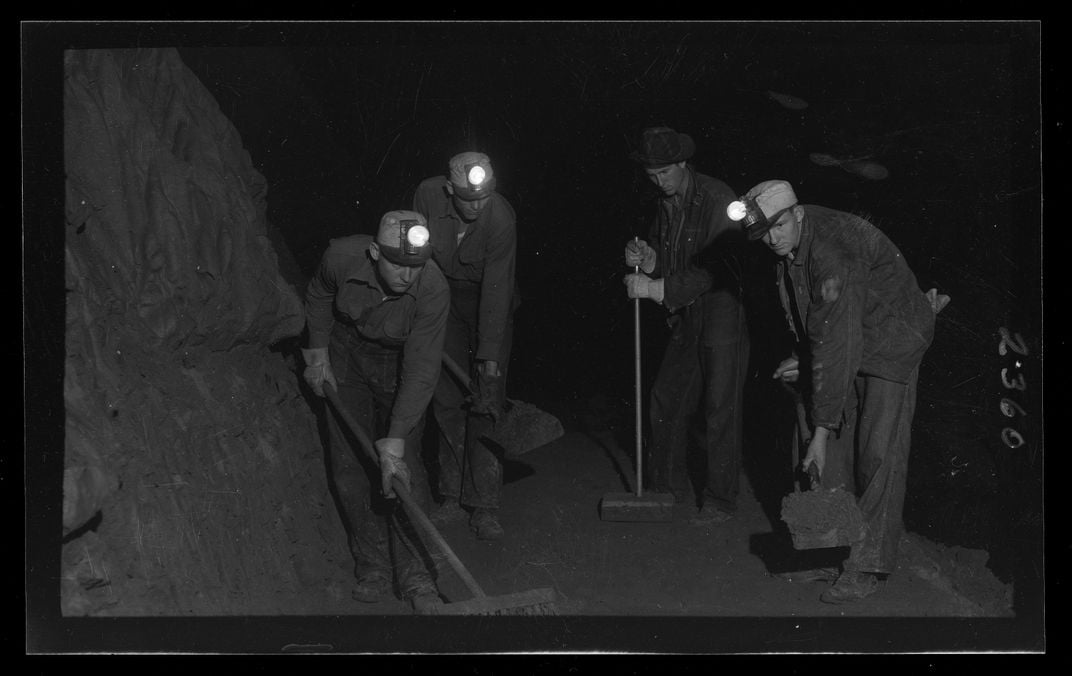

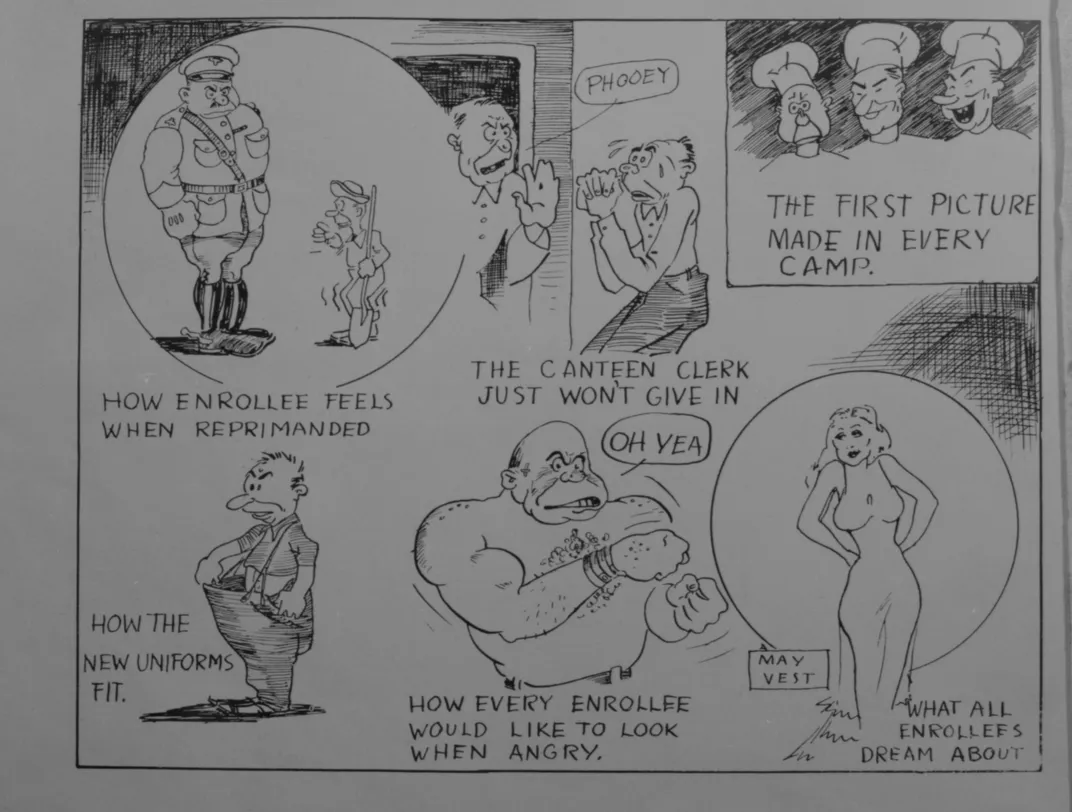
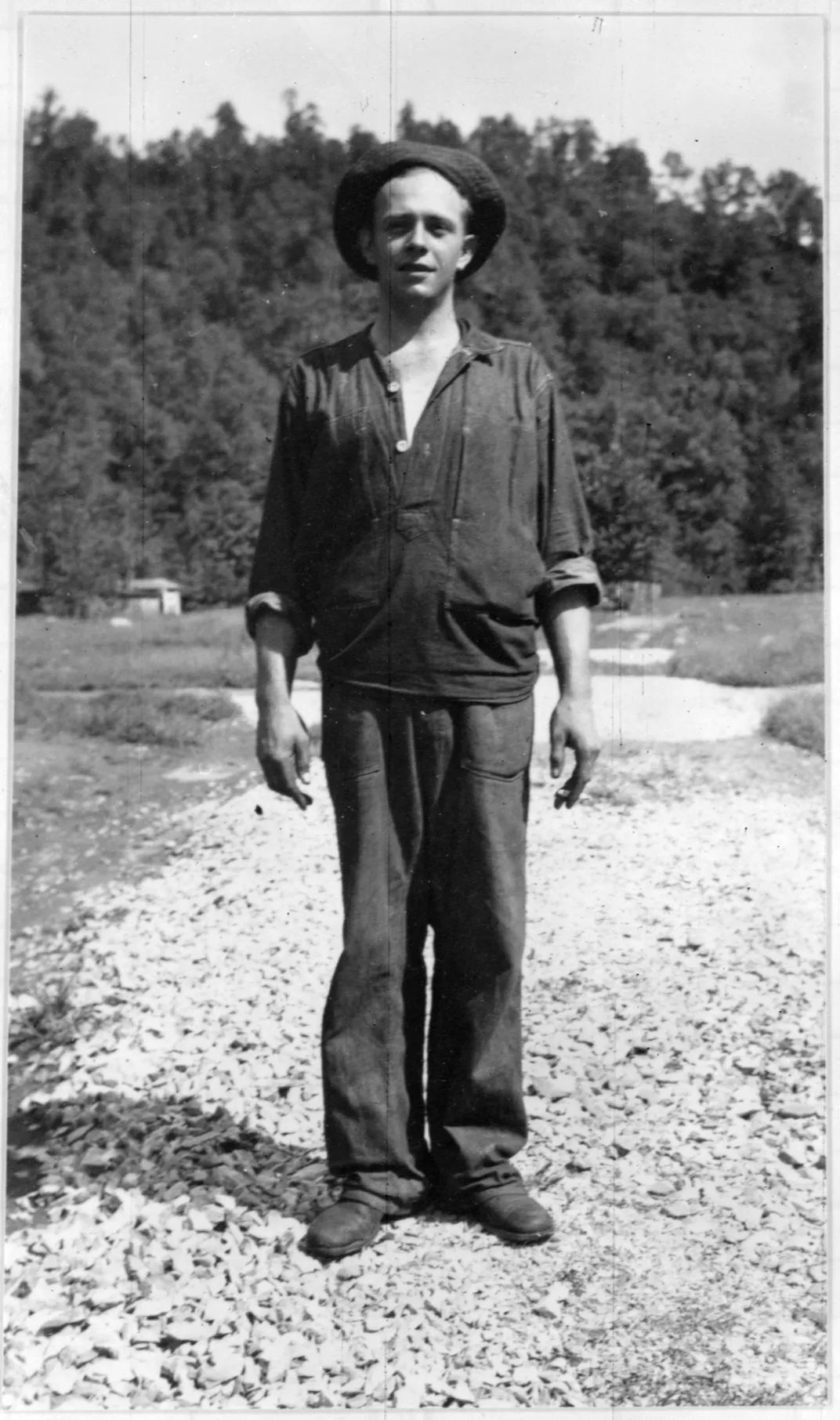
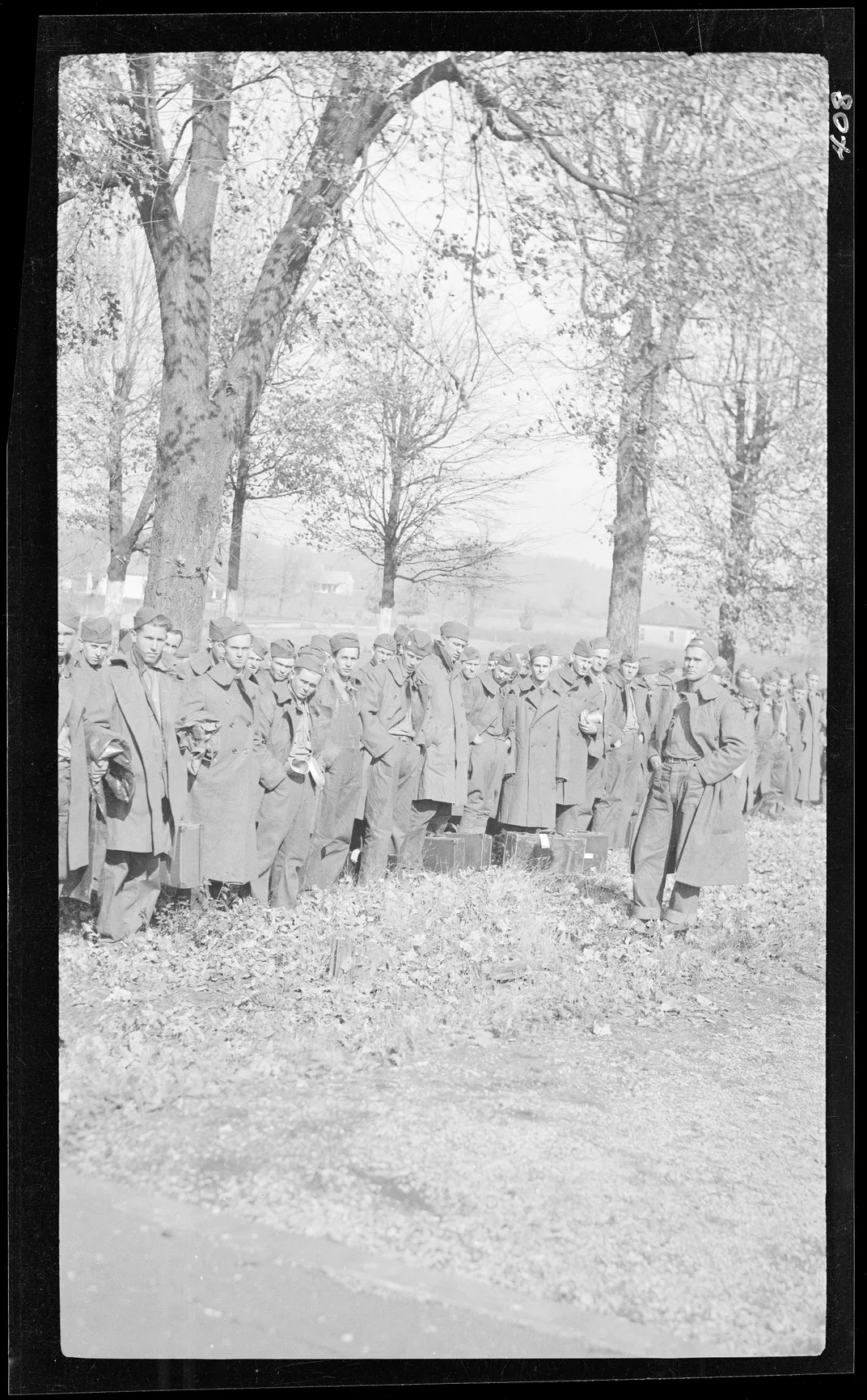
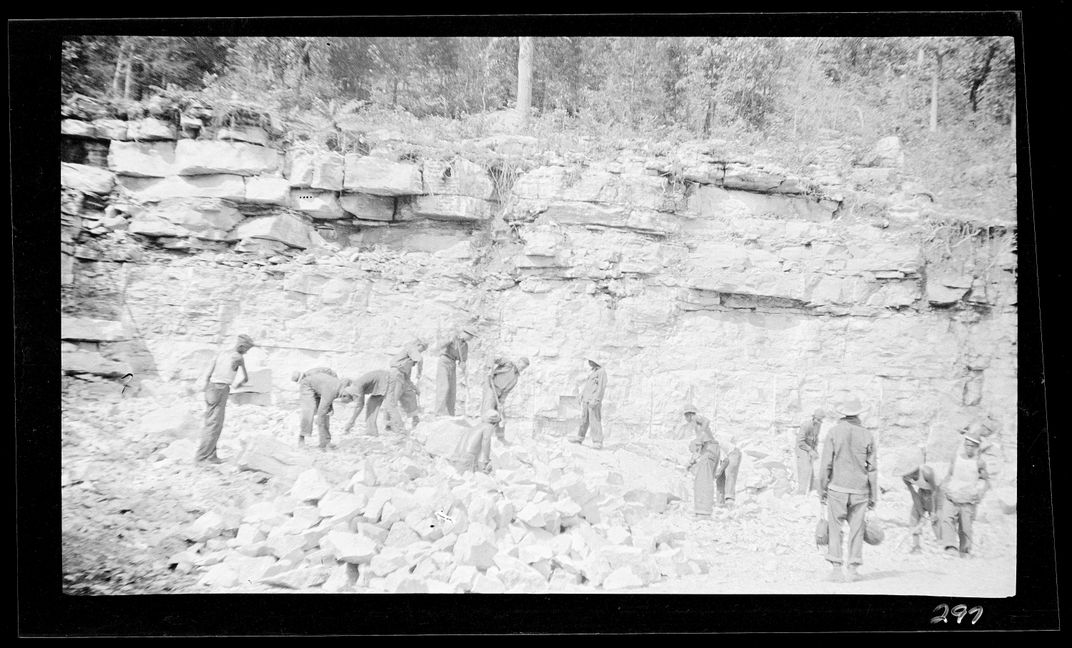
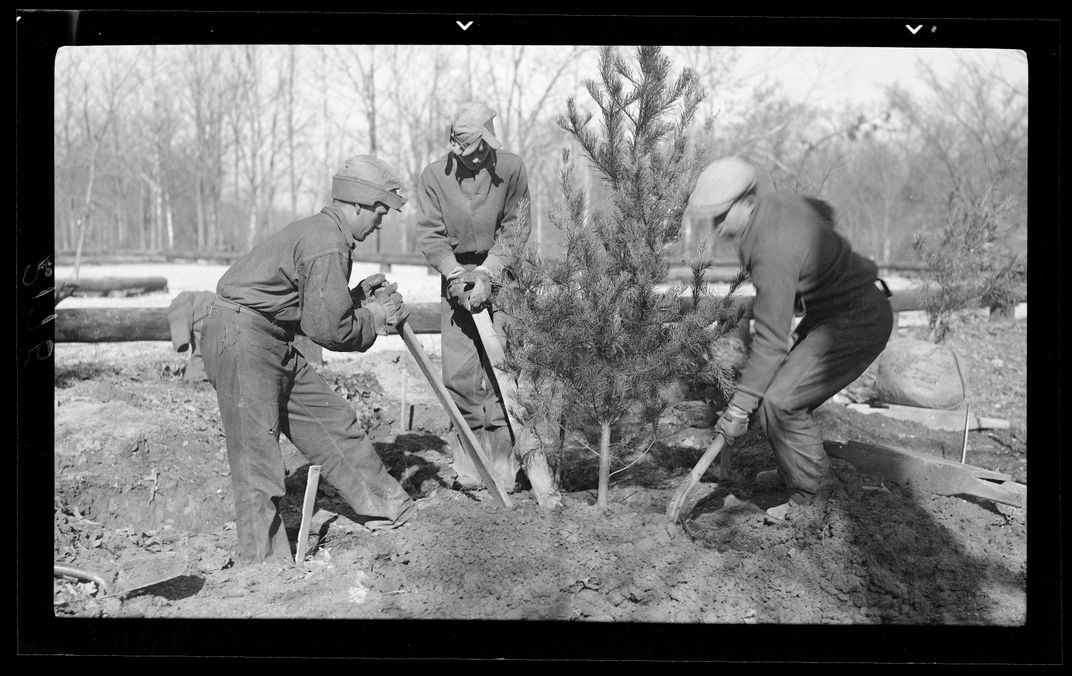
/https://tf-cmsv2-smithsonianmag-media.s3.amazonaws.com/accounts/headshot/erin.png)